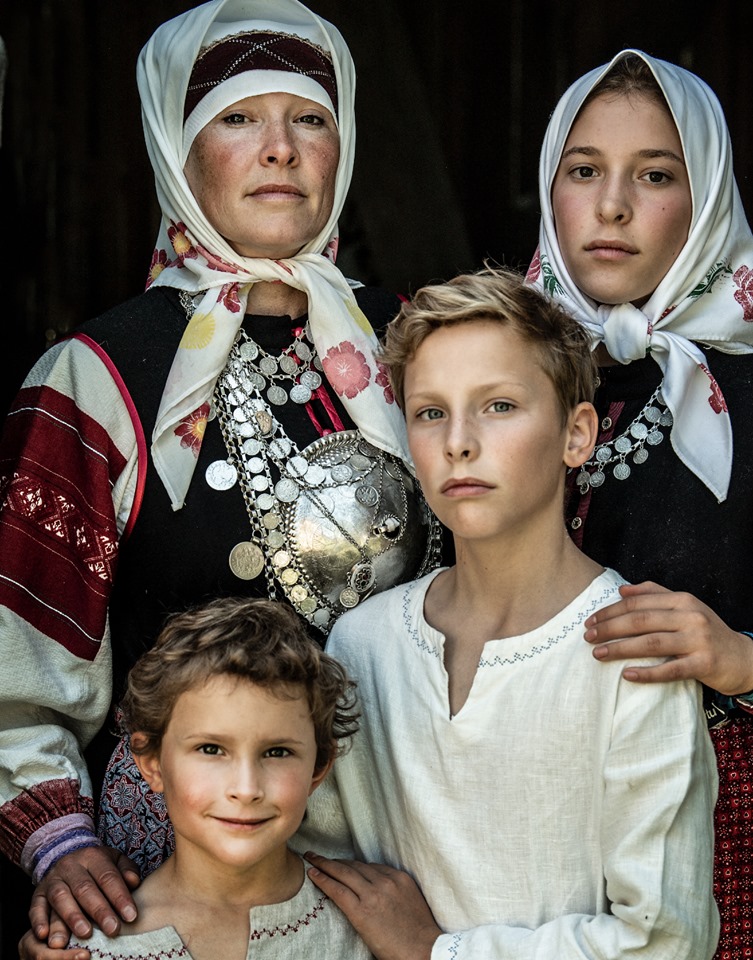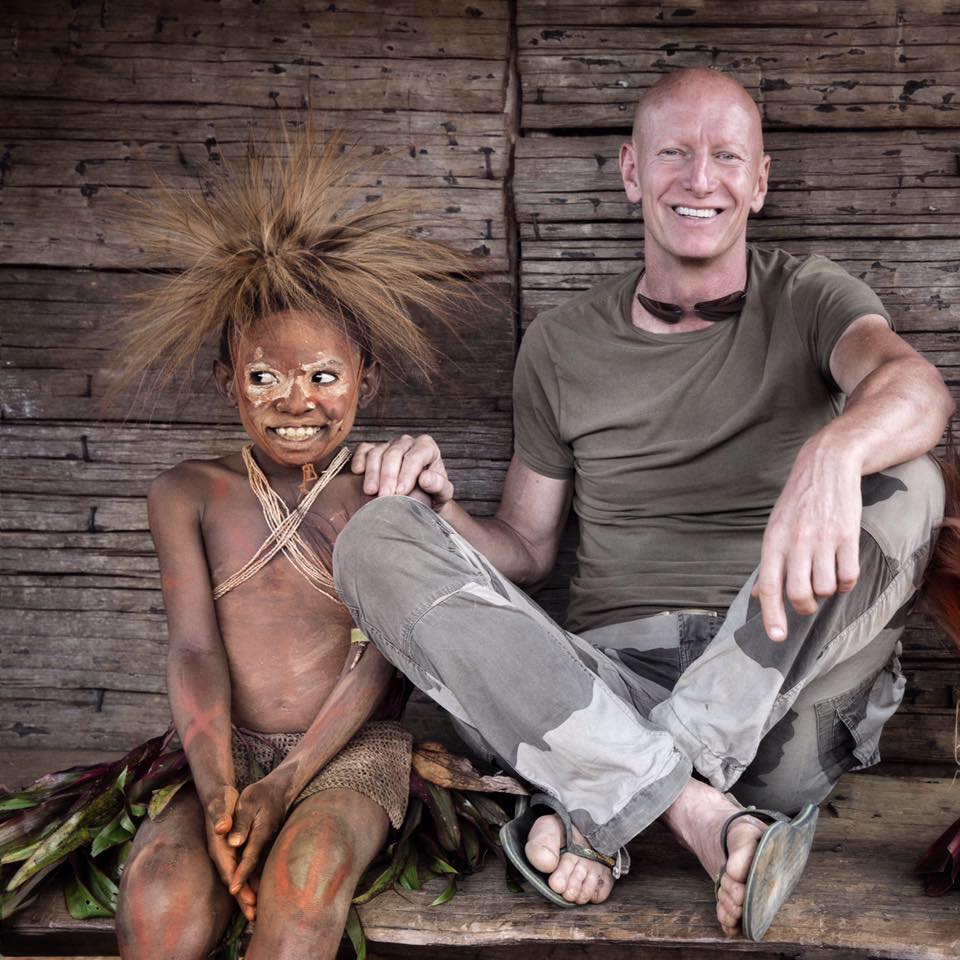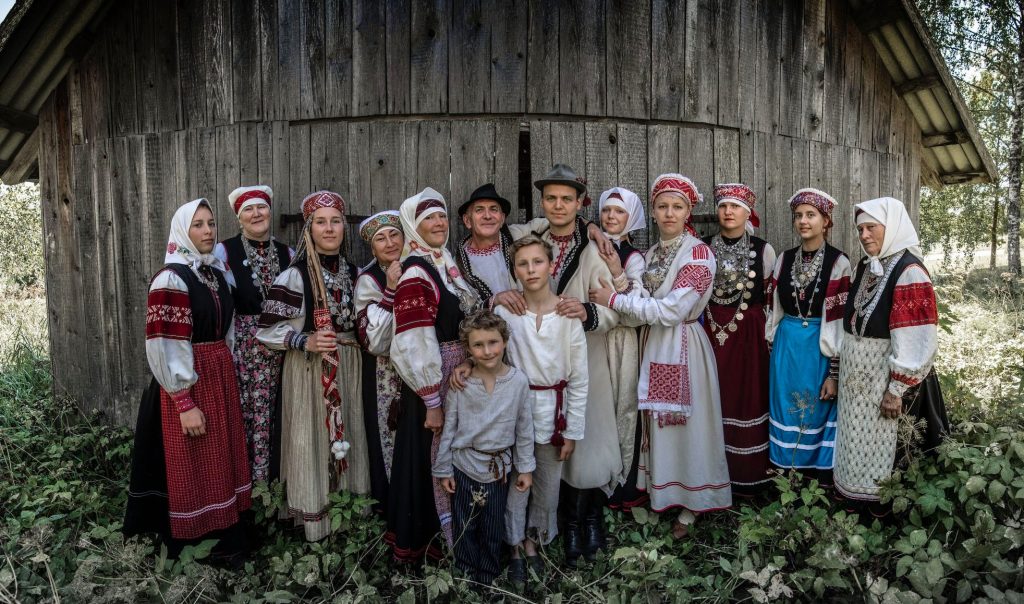The renowned English-Dutch photographer, Jimmy Nelson, photographed Seto people during his recent visit to Estonia.
“On a recent visit to my exhibition at Fotografiska Tallinn, I had the privilege to visit the Seto people of southern Estonia. This unexpected extraordinary day with these beautiful people opened a whole new world of cultural documentation closer to home in Europe,” Nelson said on his Facebook page.

Nelson, who was born in the UK, but currently holds a Dutch citizenship, is renowned for his portraits of indigenous people. In 2010, he travelled for three years and photographed more than 35 indigenous tribes around the world in Europe, Asia, Africa, South America, and the South Pacific, using a 50-year-old 4x5in camera. The pictures were published in his second book, “Before they Pass Away”.
Promoting the heritage of indigenous cultures
In 2016, he founded the Jimmy Nelson Foundation, a non-profit organisation to stimulate cultural expression by facilitating projects that promote the heritage of indigenous cultures. “The foundation has evolved into teaching indigenous peoples’ pride. I’m creating many teams to go off around the world and do what I do. We’re gathering [pictures, video and other information] and creating a digital fireplace, sort of like a library in the sky, of all this heritage for future generations,” Nelson said.

Setos are an indigenous ethnic and linguistic minority in south-eastern Estonia and north-western Russia. Religiously, the Setos are mostly Orthodox Christians. The Seto language, like Finnish and Estonian, belongs to the Finnic group of the Uralic languages and the Setos seek greater recognition, rather than having their language considered a dialect of Estonian. There are approximately 15,000 Setos – bulk of Setos are found in the Setomaa region, which is divided between south-eastern Estonia and north-western Russia.
Nelson visited Estonia because his works were recently on display at Fotografiska Tallinn – an exhibition space inspired by the Stockholm-based internationally renowned cultural place for the world’s best photography. This summer, Tallinn became the first place outside Stockholm where Fotografiska expanded to – ahead of New York and London in 2020.
Read also: An Indian filmmaker’s search for true self in Setomaa and PICTURES: The French photographer exploring Estonia’s fringe communities.
Cover: Setos Sander Külvik, Pärtel Külvik “Setomaa” Riinu Külvik, Aira Tarros, Triinu-Liis Tarros, Annika Djomina, Helen Külvik, Aare Hõrn, Jaan Sarv, Kelly Kittus, Evelin Leima, Annela Laaneots, Maria Grünberg, Õie Sarv. Courtesy of Jimmy Nelson/Facebook.

